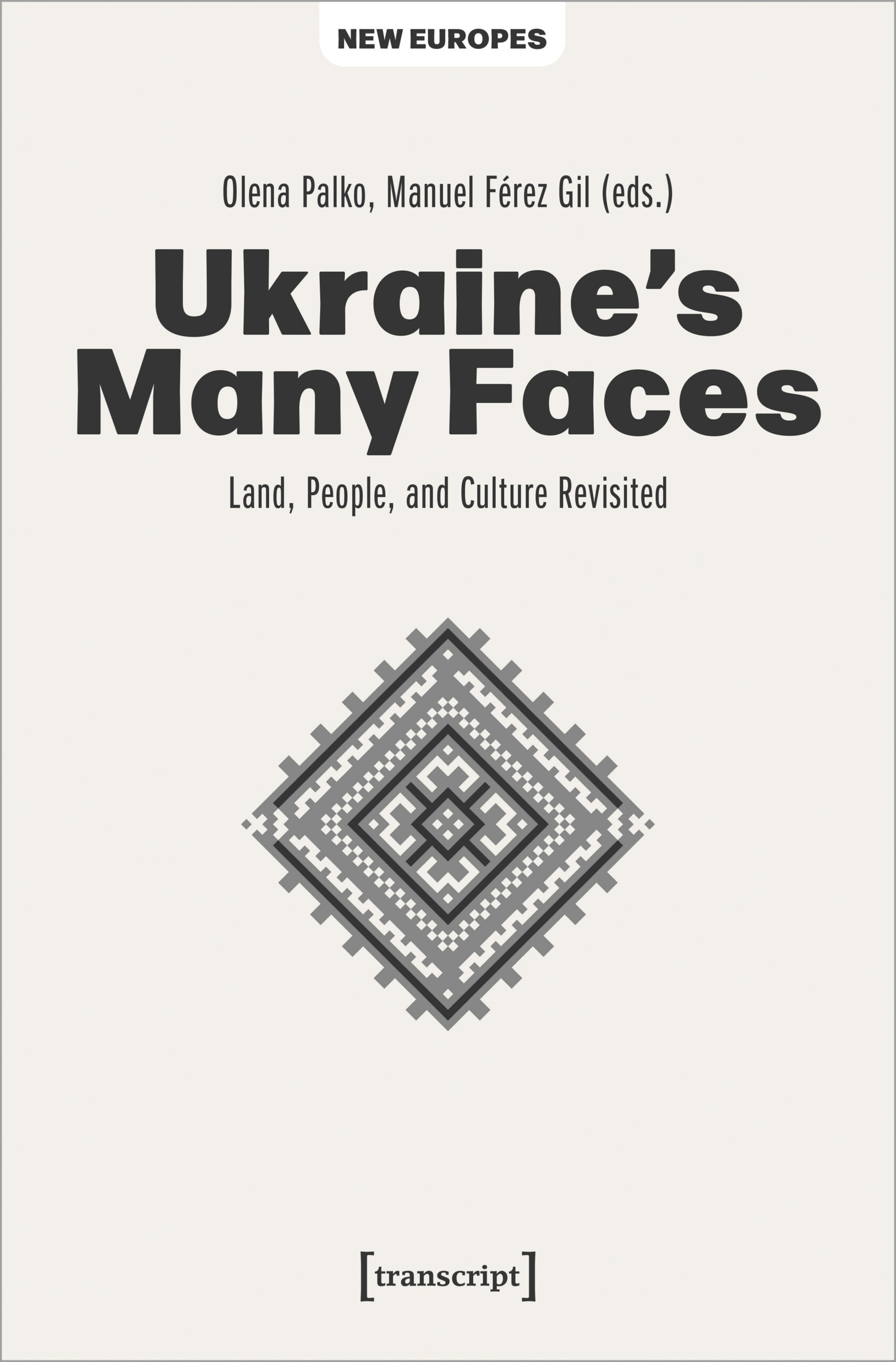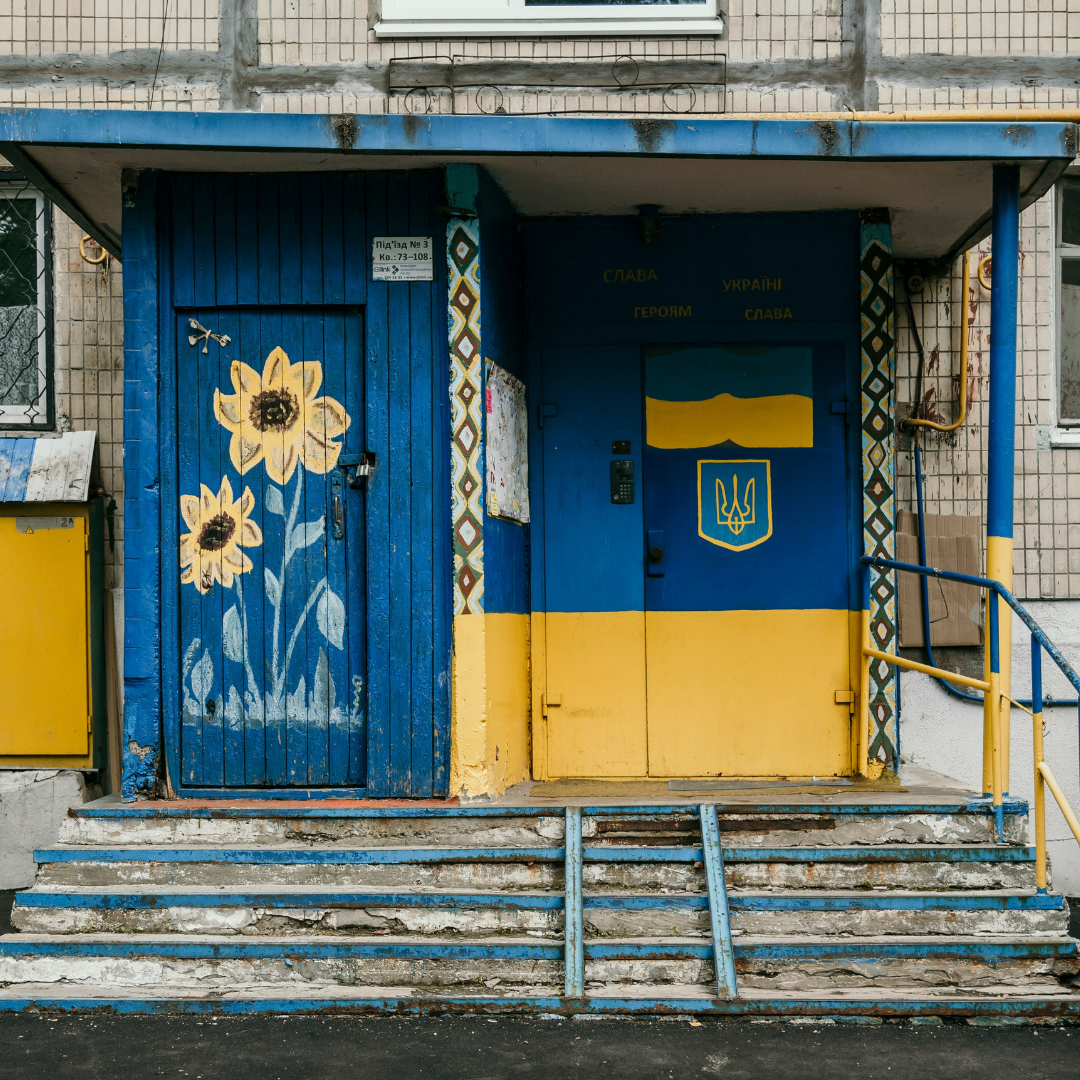A bold new look at Ukraine's history, people and culture

Published by: transcript

When Russian troops marched into Ukraine in February 2022, Western observers found themselves struggling to provide answers for the motives behind this unprecedented act of aggression. Hardly comparable to any armed conflict on European soil since the Second World War, the Russian incursion immediately spurred contentious debates questioning the very premises of the international peace order. Simultaneously, the entire field of East European and Eurasian studies came under public scrutiny for a glaring misjudgment of Putin and his regime. The war triggered a reckoning in universities. It has raised complex questions about the overpronounced emphasis on Russia and the unaddressed complexity of Ukrainian society. Moreover, with Russian forces shelling Ukrainian cities en masse and targeting repositories of cultural heritage, we came to witness a new twist in the long-running battle to redefine Ukraine’s place in the world. Claiming that Russians and Ukrainians are “one people” and denying that Ukraine has ever had “real statehood”, Putin laid out his own version of Ukrainian history. The volume under review, Ukraine’s Many Faces: Land, People, and Culture Revisited, confronts these simplistic binaries through a multifaceted account of Ukraine’s entangled past. Drawing on recent scholarly incentives and accommodating profound expertise from diverse fields of research, this timely and insightful collection offers readers some answers as to why Ukraine became the state it is today.
The volume is divided into three chronologically arranged sections with theoretically provocative essays. Each section is preceded by a set of primary sources and conversations with some of the world’s most renowned scholars sharing their thoughts on the ongoing conflict. A wide range of themes, actors, and geographical complexities, addressed by highly esteemed experts, spanning nearly six centuries from the time of the Hetmanate to contemporary Ukraine, lives up to the heterogeneity of individual and collective experiences. Yet, it is Olesya Khromeychuk’s polemical article that sets the tone for the ensuing reading. By posing the question Where is Ukraine?, she confronts the big elephant in the room: Why is Ukraine still missing from our mental maps?
Prior to the full-scale invasion, Vladimir Putin asserted that the concept of Ukrainian nationhood was a Bolshevik invention, advanced by Lenin personally.
The first part of the volume discusses imperial influences and nation-building between the seventeenth and nineteenth centuries. It should be emphasized that this section is particularly successful in suggesting innovative ways to rethink conventional writing about the country’s imperial past. For instance, by exploring Ukraine as a battleground of multiple national projects, Fabian Baumann’s essay offers a compelling reading of how national identities were construed among nineteenth-century intellectual elites. The author proposes to treat national self-fashioning as an issue largely precipitated by political leanings and not as a process whereby pre-existing ethnic practices informed a choice for a certain nationality. Thus, the path of the Polish-born historian Volodymyr Antonovych is just one such example which unproblematically fits into larger patterns of political mobilization by embracing the language of nationalism. Russian and Ukrainian intellectual circles of pre-revolutionary Kyiv are replete with similar stories, as evidenced by Baumann’s recent monograph Dynasty Divided. Meanwhile, Boris Belge’s pioneering chapter on commodities hints at an alternative vantage point from which to view the economic history of Ukraine. This is warranted by the crucial role played by resources and their distribution throughout the history of imperial expansion. He argues that although Ukraine lacked full legal sovereignty a classic definition of an exploited colony hardly applies here. Yet, this proves true with regard to the coal industry in Donbas. Meanwhile, a more nuanced look at other sectors of the Ukrainian economy uncovers some more substantive features common to colonial situations. The author further highlights the link between the spatial ordering of the economic map of Ukraine and the resulting path dependencies in its relations to Russia. Especially in the sector of energy security or grain exports, these legacies continue to impact the future trajectories of Ukraine’s economic development up to this day.
The second section of the volume shifts the focus to the early decades of Ukraine in the USSR. It pays particular attention to the issues of territoriality and processes of border-making. There are many standouts in this section, and anyone interested in the Soviet Union’s dealings with its so-called peripheries will certainly find something that speaks to them. Historians will especially appreciate Hanna Perekhoda’s chapter for reconstructing how Ukraine, as we know it territorially today, emerged as a self-evident idea in the plans of the Bolsheviks. Prior to the full-scale invasion, Vladimir Putin asserted that the concept of Ukrainian nationhood was a Bolshevik invention, advanced by Lenin personally. As a result, Lenin’s “artificial intervention” facilitated the split between Russia and Ukraine. Perekhoda dispels this pseudo-historical narrative in an elaborate tour de force through the revolutionary years and the Bolsheviks’ struggle to consolidate power over a disintegrating imperial space. As a matter of fact, Ukrainian statehood had long before asserted itself as a new reality over the Bolsheviks’ nationalities policy.
Bold in shattering old preconceptions, sharp in analytical observations, and expertly written, it represents a long-anticipated and ground-breaking intellectual endeavor explaining Ukraine in its full complexity.
Finally, the third section deals with the obstacles Ukraine faced on its path after regaining sovereignty in 1991. Those who have wondered how Ukraine, unlike other successor republics, has maintained its commitment to democracy should take a look at the illuminating interview with Maria Popova. In answering the questions of when and where the great divergence between Russia and Ukraine as political regimes occurred, Popova outlines some watershed moments in Ukraine’s recent history that cemented its current political order. She also emphasizes the importance of civil society in preventing the government from succumbing to an authoritarian style of rule. Among the six well-researched essays, two particularly excel in remarkable depth of analysis. Volodymyr Kulyk’s chapter addresses the issue of Ukraine’s Russian-speaking population and the inadequacy of treating post-Soviet Russians as a diaspora. As the author suggests, Russian speakers underwent multiple transformations in their ethnonational self-identification over the past three decades, increasingly embracing their Ukrainian citizenship, albeit without considerable departure from previous linguistic practices. Closely related to this chapter is Alexander Zabirko’s evocative essay on the Donbas. Since the collapse of the Soviet Union, this borderland has become the most contested target of the political aspirations of both Ukraine and the Russian Federation. Zabirko elegantly unravels the intimate history of internal and external projections of belonging, delving into issues of collective mythology and hybrid identities, and compassionately following the local population’s attempts to cope with political disillusionment and unfulfilled expectations. The volume concludes with a brilliant afterword by John Vsetecka, which provides a resourceful guide for academic instructors in designing their courses on Ukraine.
Ukraine’s Many Faces is a book like none other. Bold in shattering old preconceptions, sharp in analytical observations, and expertly written, it represents a long-anticipated and ground-breaking intellectual endeavor explaining Ukraine in its full complexity. Throughout all the chapters, the authors engage in various levels of analysis – from collective portraits of minority groups and individual encounters with state social interventionism toward historical memory and spatial imaginations, this compendium makes a strong point in historical deconstructing. Given its didactic value, Ukraine’s Many Faces should appeal to a wider audience, including schools, universities, and other educational institutions. One of the main strengths of the volume lies in the fruitful interdisciplinary approach. Its synthesis of political, historical, sociological, and economic categories of analysis contributes to the nuance it brings to the subject. Although a chapter on Ukrainian political exile in the interwar period and some attention to broader regional and global entanglements would have made the book even more valuable, this collection – the first within a newly launched “New Europe” series – provides a tempting impression of what can be expected to come in future volumes.
Ruslana Bovhyria is a research associate and lecturer at the Institute for East European Studies at the Freie Universität Berlin. Her research interests include the economic and environmental history of Russian imperial rule in the Eastern borderlands and especially Central Asia. Her current doctoral project explores the entangled history of imperial expansion and resource exploitation in the Caspian Sea in the late imperial and early Soviet period.
